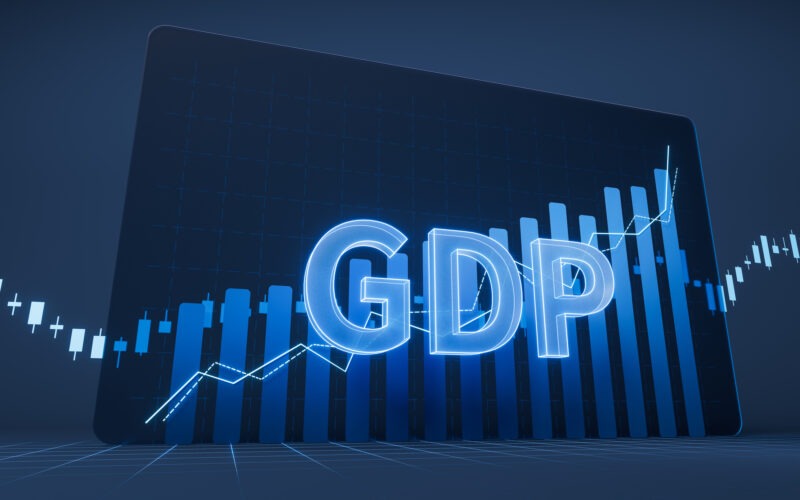What’s in Store for the Global Economy
With the rate of inflation continuing to moderate, some economists are projecting a soft landing is in place and that overall economic growth is expected to be steady, but some headwinds still remain. What can be expected for the remainder of this year and in the near term?
By Patricia Van Arnum, Editorial Director, DCAT, pvanarnum@dcat.org
Inflation eases; mixed results on GDP
Inflation has been a significant vulnerability to global economic growth and business performance post-pandemic, but the global fight against inflation has largely been won, a key conclusion from the International Monetary Fund (IMF), which released its World Economic Outlook this week (October 22, 2024).
After peaking at 9.4% year over year in the third quarter of 2022, headline inflation rates are now projected to reach 3.5% by the end of 2025, which is below the pre-pandemic average of 3.6% between 2000 and 2019, according to the IMF analysis. Breaking it down on an annual basis, global headline inflation is expected to fall from an annual average of 6.7% in 2023 to 5.8% in 2024, with advanced economies returning to their inflation targets sooner than emerging market and developing economies (1).
Despite tightening monetary policy to drive down inflation during this period, the global economic outlook has remained fairly stable with some regional and national variations. Global growth is expected to hold steady at 3.2% in 2024 and 2025, according to IMF forecasts although much of that growth is coming from outside advanced economies. Overall, IMF projects growth in advanced economies at 1.8% both in 2024 and 2025 while emerging markets and developing economies are expected to see growth of 4.2% both in 2024 and 2025 (1).
Among advanced economies, the US is slated to be the strongest performer with growth of 2.8% for 2024, but slowing to 2.2% in 2025. Growth in the euro area remains relatively flat this year (2024) at 0.8%, and only modestly improving to 1.2% in 2025 (1).
China and India are projected to lead growth among emerging markets in 2024 and 2025, but both countries face slowing rates compared with last year (2023). China’s output is projected at 4.8% this year (2024) and is expected to fall to 4.5% in 2025, both down from growth of 5.4% in 2023. Output in India is projected to fall to 6.5% in 2025 from 6.7% in 2024, both lower than then the 7.8% growth in 2023, according to the IMF report (1).
While the global decline in inflation is a positive, downward risks are rising, according to the IMF, report, which points to several factors: an escalation in regional conflicts, monetary policy remaining tight for too long, a possible resurgence of financial market volatility with adverse effects on sovereign debt markets, a deeper growth slowdown in China, and uncertain trade policies. Over the next five years, global growth is expected to remain broadly flat— decelerating from 3.3% in 2023 to 3.1% by 2029—
Reference
1. International Monetary Fund. 2024. World Economic Outlook: Policy Pivot, Rising Threats, Washington, DC, October 2024.






